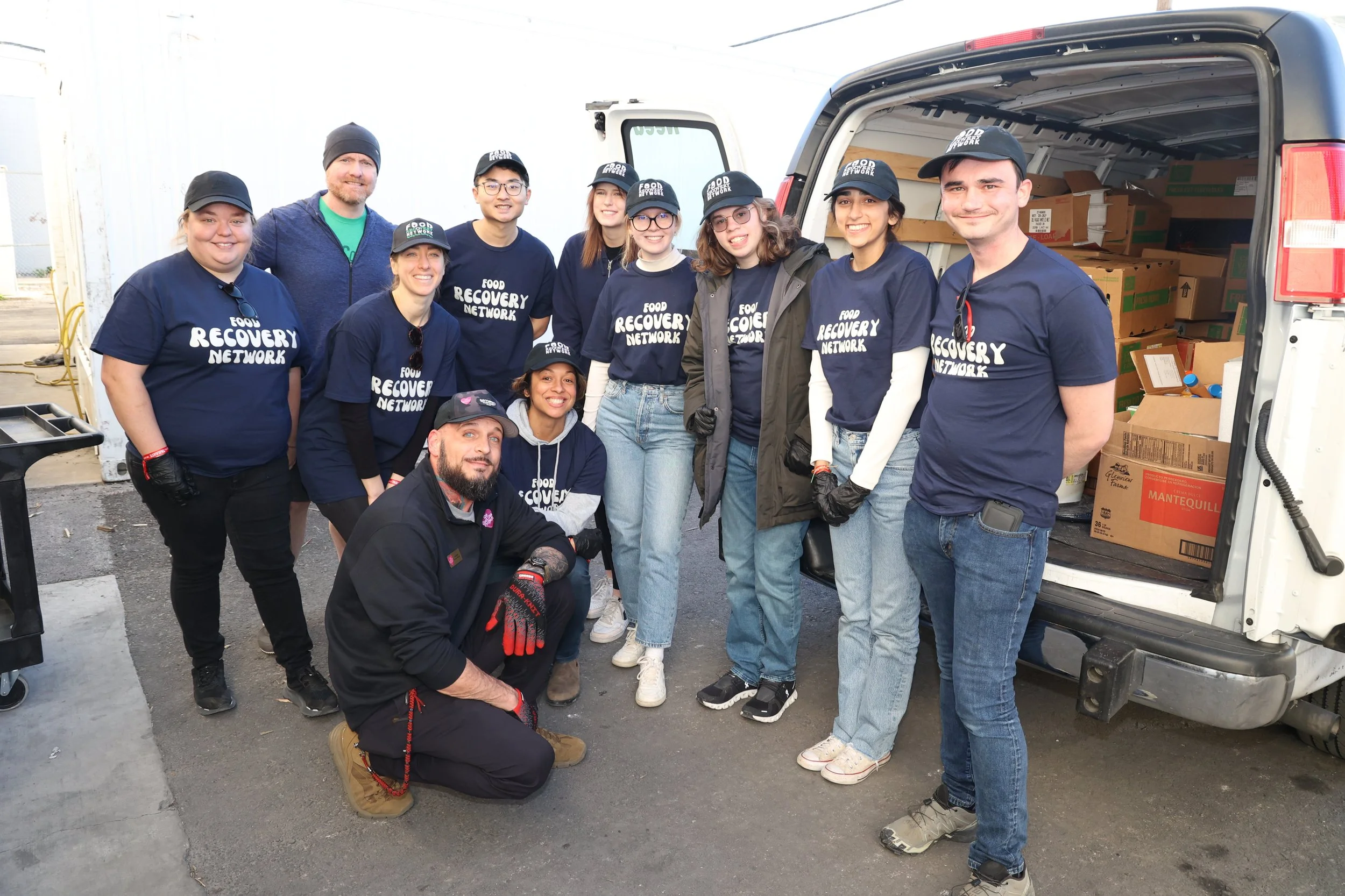My love for food has brought about many incredible opportunities throughout my life, but most recently it has led me to work at The Dabney, one of the best restaurants in Washington, DC, and for Food Recovery Network as a Food Recovery Verified Fellow. I truly enjoy trying new types of cuisine and experiencing different flavors, but I usually feel deterred from eating out because of my hyper-sensitivity to food waste. While The Dabney boasts highly sustainable practices, this is not the norm in the restaurant industry. If more food establishments took measures to reduce waste and operate sustainably, it would certainly quell my guilty conscious and boost the frequency with which I dine out.
In an ideal world, every food establishment would adhere to a zero waste policy, but I know it’s not that simple. With no uniform system of operation and the pressure to simply keep a food business up and running, I’m sure it’s difficult for restaurateurs to think about sustainability. That’s why I am excited to share an amazing (and FREE!) guide produced by ChefHero to help food-service professionals run their establishments more successfully and sustainably! Not only is this guide approachable, but it also provides tangible solutions that can be implemented quickly and easily.
My favorite section is Chapter 9, which focuses on sustainability and offers a step-by-step guide to running an eco-conscious restaurant. Written by Hiba Amin, Marketing Specialist at ChefHero, this chapter covers a wealth of topics surrounding environmental stewardship including ways to reduce your restaurant’s footprint, food safe ways to reuse materials, and tips to improve your recycling program.
Amin touches on water and plastic usage, energy consumption, and recycling programs, but the topic that stood out to me most was food waste. Food waste occurs at every stage of our food system, but in the restaurant industry in particular, there is much improvement to be made. What I love most about this chapter is her ability to take a complex problem like food waste and present a handful of simple recommendations that, when implemented, will lead to long-term financial and environmental benefits for both the business and society as a whole.
In addition to eco-consciousness, this guide covers every facet of building a food business, spanning from pre-launch to running an establishment. Readers will walk away with the tools and information needed to build a successful food venture. I must add, though, that the benefits of reading this guide aren’t exclusive to current or aspiring business owners. If you are a person who likes to dine out, this guide will help you understand the challenges of running a restaurant and equip you with the knowledge to approach your favorite food establishments about small changes that can be made to benefit our food system. I highly encourage everyone to give it a read, check out the free guide here!
Finally, if you are a business owner or a concerned patron interested in implementing a food recovery program for a food establishment, the Food Recovery Verified (FRV) team is here to support you. Through the FRV program, our team recognizes and rewards food businesses that work to fight food waste and feed people through food recovery. FRV serves as a third party which verifies that food businesses are donating surplus food at least once per month to a hunger fighting non-profit organization. In doing so, we provide resources to food-insecure Americans by increasing national awareness and participation in food recovery programs, and presenting food recovery as a solution to food waste and food insecurity across the country. If you’re interested to learn more about how to start a food recovery program or how to become verified, please contact us at foodrecoveryverified@foodrecoverynetwork.org.




















